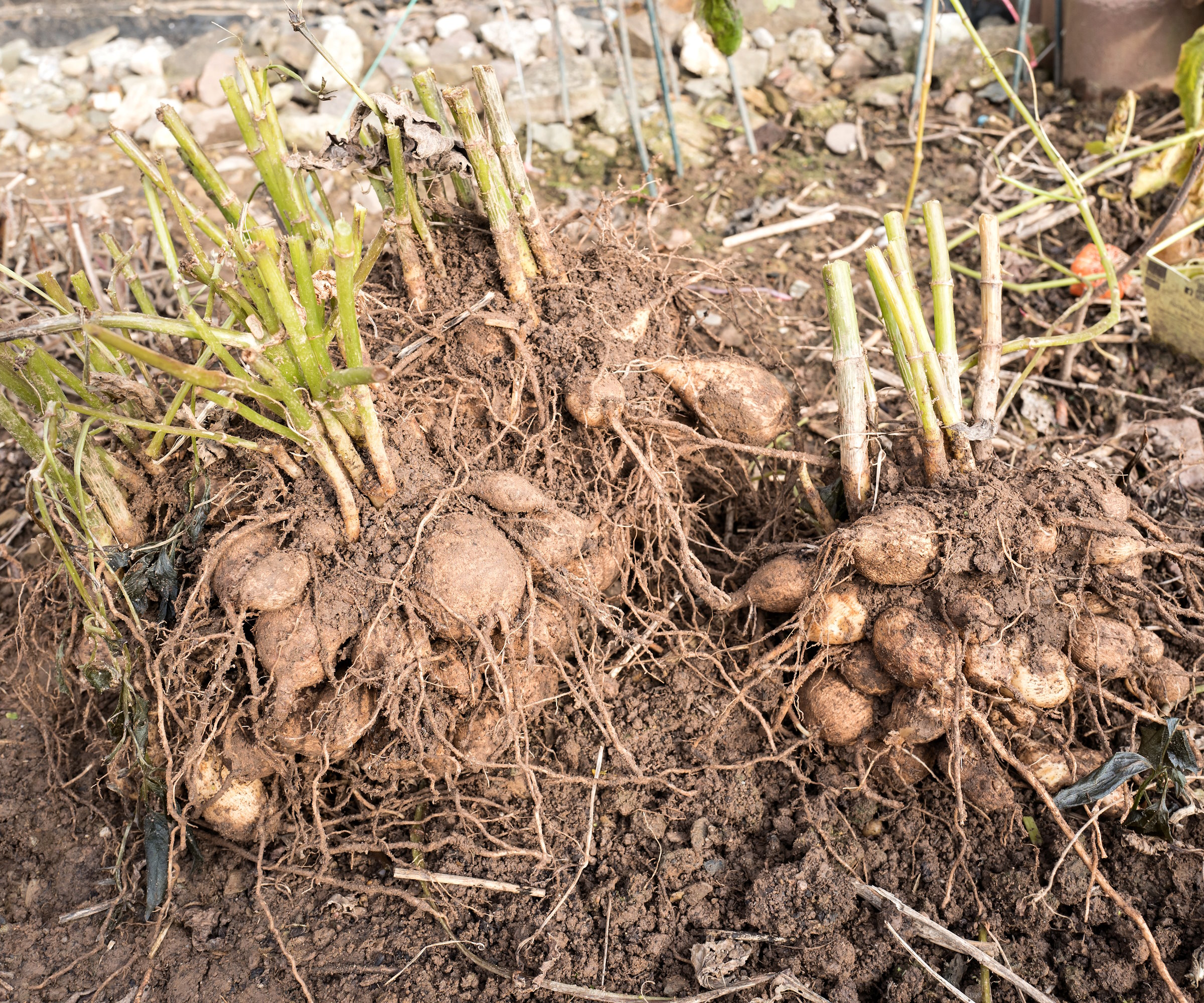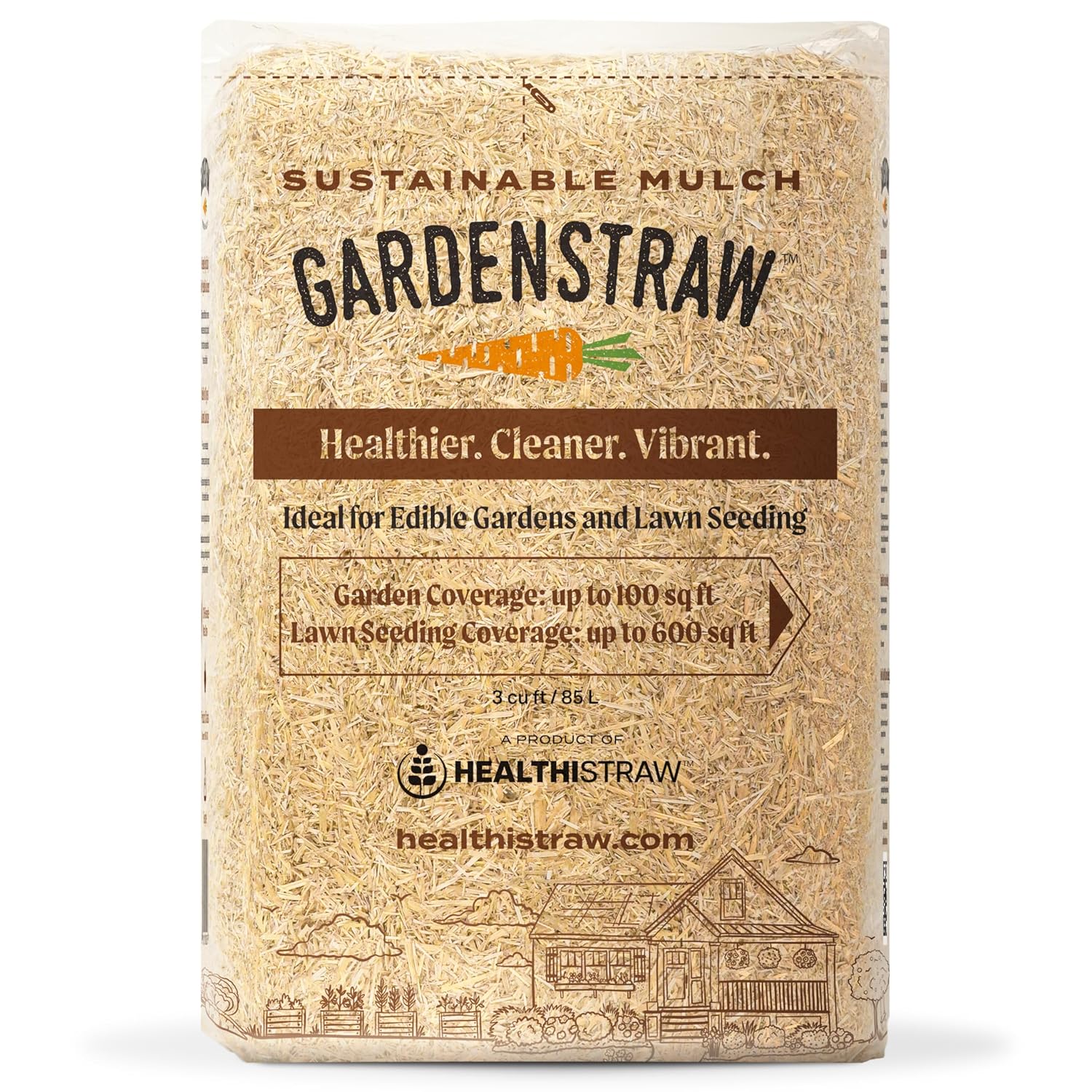I Tried Storing My Dahlias in This Low-Cost Material Last Winter and They All Survived – Take it from a Flower Grower, Doing This Will Keep Tubers Safe
Wrapping tubers in burlap will guarantee you glorious blooms next summer


Temperatures are beginning to plummet across certain parts of the country, and very soon it will be time to lift and store your dahlia tubers.
Overwintering dahlias isn’t a one size fits all approach. Whilst I am more in the camp of ‘you don’t need to dig up your dahlias’, and prefer to cover tubers in a thick mulch, there are many instances where you must dig up tubers to ensure they survive the winter. The main reasons to lift them are if you live in USDA hardiness zones 1-6 or if you are growing your dahlias in pots. These ones need to be dug up to properly protect them from frost and rotting in soggy soil.
I grow a lot of dahlias in pots on my patio, and last winter, after several years of failing, I tried a new method of storing them by wrapping the tubers in burlap sacks instead of leaving them in crates of moss. Here, I’ve detailed exactly why it works and how to do it, so you can be sure of new shoots the following May from each and every one of your tubers.
What you need to store dahlias properly over winter

The reason we tend to dig up dahlias and store them out of the soil over winter is to keep them dry and frost-free, and prevent them from rotting, as both conditions can damage and often kill off tubers.
If you look for advice online on the best way to store tubers, you will get a vast array of different options presented to you, but do they all work effectively?
In previous years, I always thought the way you had to store dahlia tubers was in my potting shed in trays of shallow compost or moss. But every year when I came to wake them up there were some that had gone moldy or mushy, and clearly were no longer viable.
My garden building is really old and, as is often the case with these structures, a bit damp. And these conditions, combined with moisture-loving moss, didn't do my tubers any favors.
Design expertise in your inbox – from inspiring decorating ideas and beautiful celebrity homes to practical gardening advice and shopping round-ups.
Last year, however, I switched up my technique. Once I had cleaned the soil off my tubers and let them dry out for a few days, I wrapped each one separately in a square of burlap fabric, before placing in a crate to store over winter.
I simply cut squares of fabric from a big burlap roll, such as this one from Amazon, but if you want to make it even easier you could buy drawstring burlap sacks, similar to this bulk buy from Amazon.
My potting shed, albeit a little damp, is fairly sheltered, so I usually wouldn't need to give the tubers any further protection against frost. If, however, you wanted to make sure they were extra cosy, you could cover your crates of wrapped tubers with a layer of horticultural fleece, just like this from Amazon, and they'll benefit from an additional layer of insulation.
I wouldn't advise you to leave tubers outside once wrapped, but if you have no other option, or if you are worried about excess moisture in your shed or greenhouse, you could also cover them in a waterproof tarpaulin, (I like this heavy duty one from Amazon).

If you are an organised gardener (unlike me), you'll also need to make sure you label each tuber as you wrap it up. Popping a wooden label, just like these lovely ones from Amazon, in with each tuber or tying it onto the burlap parcel with twine, will help you to identify them correctly when you come to wake them up in the spring.
Essential kit for overwintering a garden

Rachel is a gardening editor, floral designer, flower grower and gardener. Her journalism career began on Country Living magazine, sparking a love of container gardening and wild planting. After several years as editor of floral art magazine The Flower Arranger, Rachel became a floral designer and stylist, before joining Homes & Gardens in 2023. She writes and presents the brand's weekly gardening and floristry social series Petals & Roots. An expert in cut flowers, she is particularly interested in sustainable gardening methods and growing flowers and herbs for wellbeing. Last summer, she was invited to Singapore to learn about the nation state's ambitious plan to create a city in nature, discovering a world of tropical planting and visionary urban horticulture.
You must confirm your public display name before commenting
Please logout and then login again, you will then be prompted to enter your display name.


